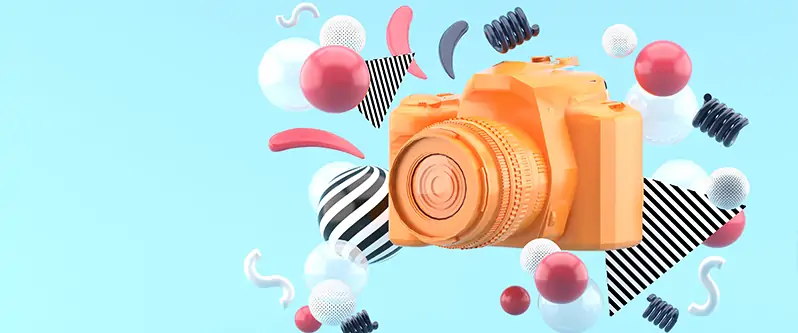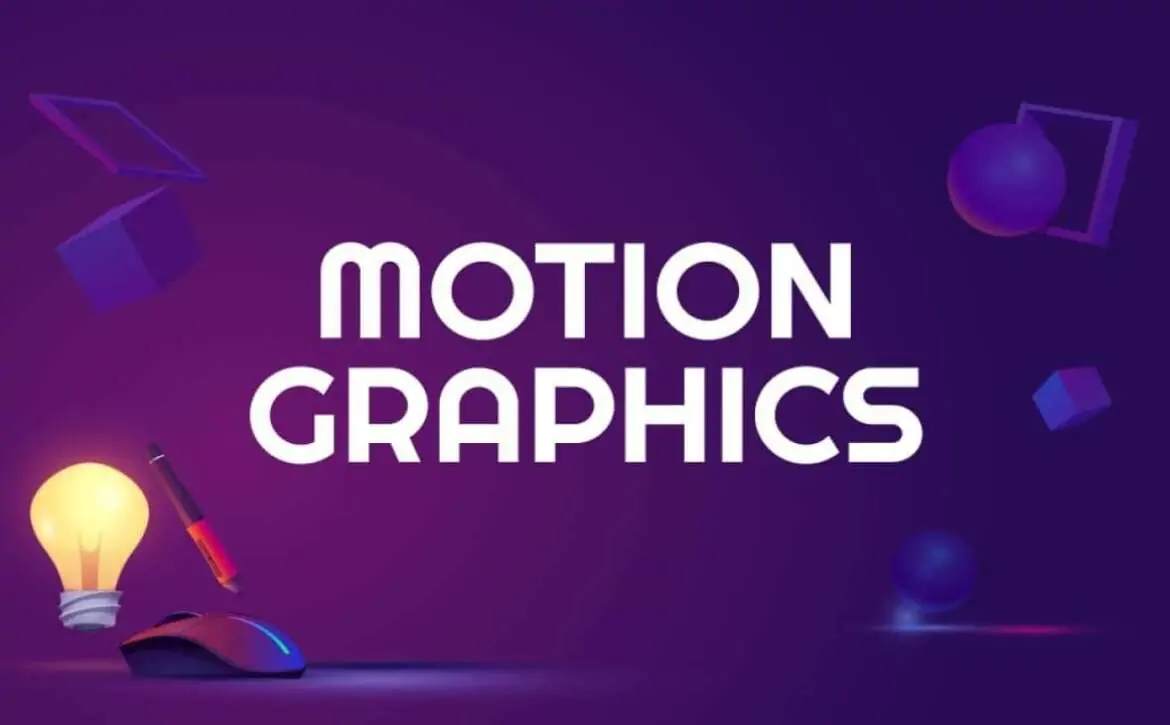Exploration of The Art and Science of Motion Graphics
Motion graphics emerge as a dynamic medium that transcends the static constraints of traditional design. Its existence revolves around the orchestrated dance of imagery, a captivating symphony where visuals seamlessly come alive. This form of graphic expression weaves narratives and imparts information through the eloquent manipulation of time and space. The canvas of animated graphics pulsates with creativity, allowing ideas to unfold with fluidity and impact. It stands as an innovative force, engaging viewers by transforming static concepts into living, breathing experiences. As a language of its own, animated graphics navigate the evolving landscape of storytelling, offering a nuanced and compelling approach to convey messages in a visually immersive manner. writing provides a comprehensive exploration of dynamic graphics, delving into its definition, historical evolution, key components, applications, and the evolving role it plays in contemporary media.
What Motion Graphics are?
It can be defined as a form of visual communication that combines graphic design and animation to create moving images. Unlike traditional animation, which often involves character-driven narratives, Graphic motion focuses on conveying information, concepts, or narratives through visually engaging and dynamic designs. These graphics typically incorporate elements such as text, shapes, colors, and imagery, brought to life through animation techniques.
“The heartbeat of modern storytelling lies in the rhythm of motion graphics—where visuals dance and narratives come alive.”
– Alex Motion, Creative Director
Core Components:
Typography in Motion:
Animated motion often leverages kinetic typography, where the text becomes an animated element, enhancing the visual appeal and reinforcing the message.
Visual Elements:
Shapes, icons, and images are dynamically animated, contributing to the overall aesthetic and conveying meaning through movement.
Transitions and Effects:
Smooth transitions, fades, and other effects contribute to the seamless flow of the motion graphic, guiding the viewer’s attention.

Techniques and Tools:
Keyframing:
Keyframing is a fundamental technique in dynamics graphics, involving the creation of keyframes at specific points to define the start and end positions of an animated element.
Timing and Pacing:
The pacing of graphics is crucial, determining the rhythm and flow of the animation to effectively convey information.
Software Tools:
The creative vision becomes live scenarios from and in the real world with many of the industry standard software tools like Adobe, Cinema 4d, and others. It gives vast power of execution to the creativity of the artist.
Evolution of Graphic Motion
Animated visuals have roots in traditional graphic design and animation, with early influences traced back to film title sequences. The iconic work of Saul Bass in the 1950s, including the title sequence for Alfred Hitchcock’s “Vertigo,” showcased the potential of animated graphics in film.
Technological Advancements:
Digital Revolution:
The advent of digital technology in the late 20th century revolutionized moving graphics, enabling designers to move beyond traditional, time-consuming animation techniques.
Computer Graphics and Software:
The rise of computer graphics and sophisticated software tools provided designers with unprecedented creative freedom and efficiency in crafting graphics.
Its Applications…
Advertising and Marketing:
Brand Promotion:
Graphics play a vital role in creating visually compelling advertisements, enhancing brand visibility, and communicating messages effectively.
Explainer Videos:
Businesses utilize dynamic graphics to produce explainer videos, simplifying complex concepts and engaging audiences with dynamic visuals.
Film and Television:
Title Sequences:
The animated motion continues to be a staple in film and television title sequences, setting the tone for the viewer and enhancing the overall cinematic experience.
Broadcast Design:
Television networks leverage motion pictures for on-air promotions, channel branding, and informational graphics.

Digital Media and Online Content:
Social Media Content:
The dynamic nature of graphics makes them well-suited for social media platforms, where engaging content is essential for capturing audience attention.
Web Design:
Animated visuals contribute to interactive and visually dynamic web design, creating immersive user experiences.
Trends and Innovations
3D Graphics:
The integration of three-dimensional elements in graphic art of motion adds depth and realism, pushing the boundaries of visual storytelling.
Interactive Dynamic Graphics:
With advancements in technology, interactive visual graphics are becoming increasingly prevalent, allowing users to engage with and influence the narrative.
Data Visualization:
Motion visuals are employed to bring data to life, transforming complex datasets into visually comprehensible and aesthetically pleasing animations.
“Innovation in motion graphics is the alchemy of art and technology, transforming ideas into visual gold with each flicker of creativity.”
– Ryan Innovator, Motion Alchemist
Future Prospects
Emerging Technologies:
As technology continues to advance, the integration of augmented reality (AR) and virtual reality (VR) into visual motions presents new possibilities for immersive storytelling.
Design Accessibility and Diversity:
Ensuring accessibility and diverse representation in moving graphics is a challenge that the industry must address to create inclusive and culturally relevant content.
Graphic motion stands as a dynamic and influential medium in the realm of visual communication. From its historical roots in film title sequences to its contemporary applications in digital media, graphics have evolved into a powerful tool for conveying information, enhancing brand presence, and creating visually compelling narratives. As technology continues to advance, the future of animated visuals holds exciting prospects, with 3D animation, interactive experiences, and the integration of emerging technologies reshaping the landscape. Motion imagery, with its blend of design and animation, continues to captivate audiences and play an integral role in shaping the visual language of our digital age.


